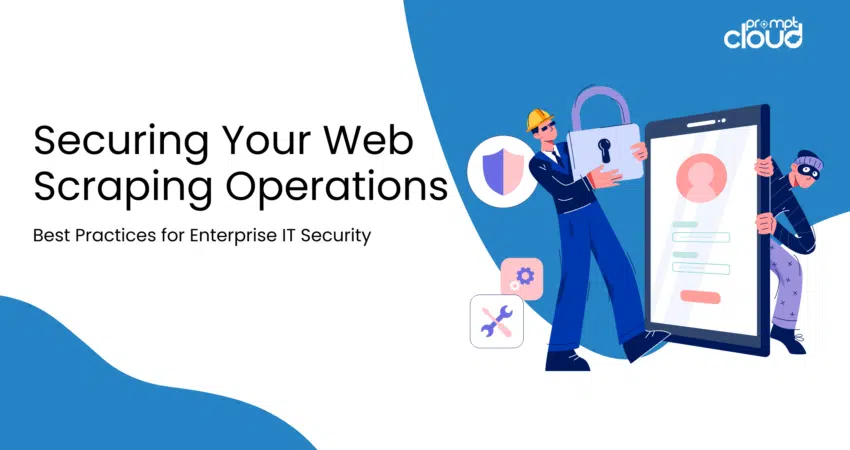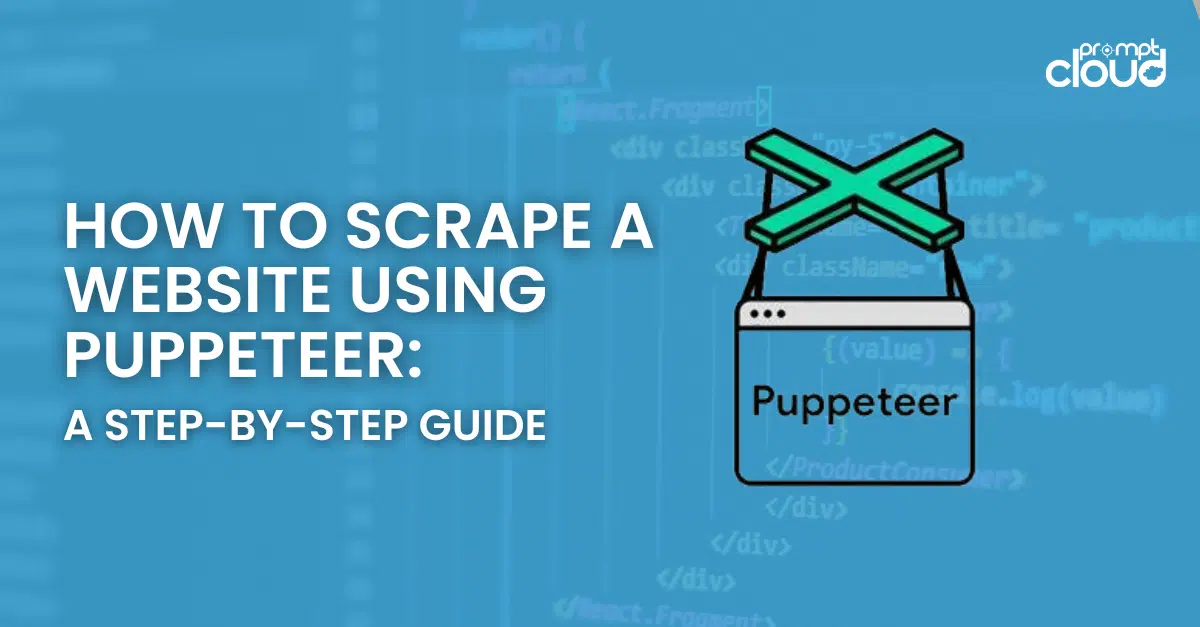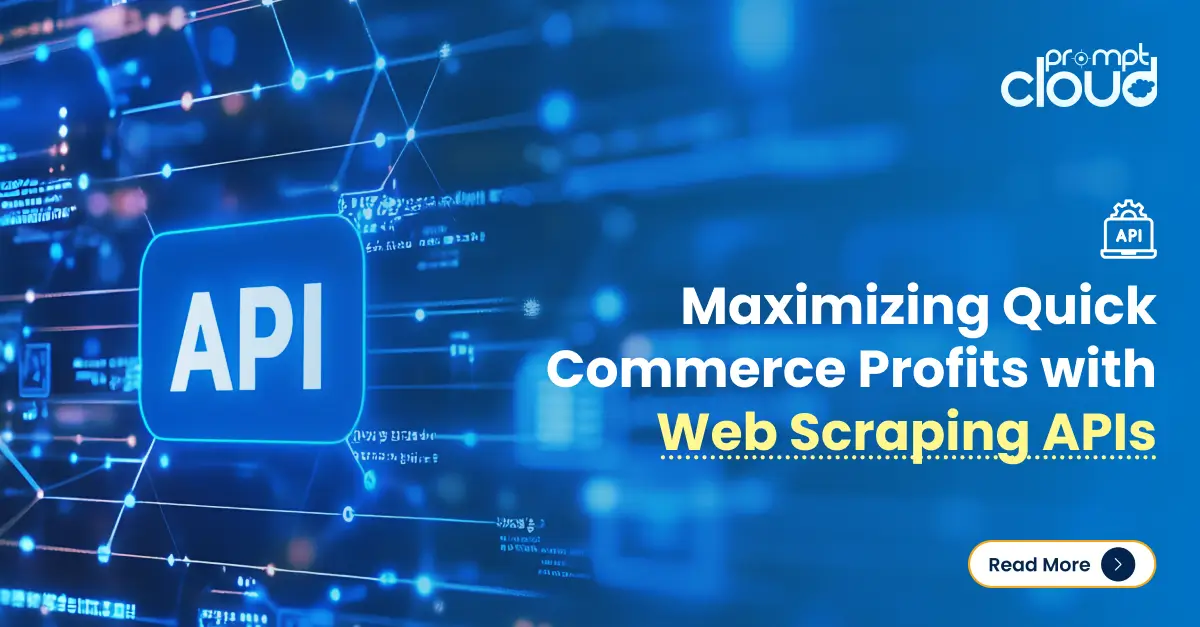
Web scraping is an invaluable tool for businesses seeking competitive intelligence and real-time data across industries. However, as enterprises scale their web scraping activities, they must also prioritize security to protect their data and systems from potential threats. This blog post explores essential security practices that can safeguard your web scraping operations, ensuring that your enterprise remains both competitive and secure.

Source: https://www.akamai.com/blog/security/the-web-scraping-problem-part-1
Understanding the Risks Associated with Web Scraping
Data Privacy and Compliance
Web scraping, while a powerful tool for gathering data, must be conducted with strict adherence to legal and regulatory standards to avoid significant legal repercussions. Regulations such as the General Data Protection Regulation (GDPR) in the EU and the California Consumer Privacy Act (CCPA) in the U.S. impose stringent rules on data collection, including how data is gathered, used, and stored. These laws also grant individuals rights over their personal information, making unauthorized data scraping risky. Non-compliance can result in hefty fines and damage to a company’s reputation. It is crucial for businesses to understand these legal frameworks and ensure that their web scraping practices are compliant. This includes obtaining necessary consents for data collection, maintaining transparency with data subjects about how their data is used, and ensuring that data is collected only for legitimate purposes.
Vulnerability to Malware and Attacks
Web scraping tools that are not properly secured can become vulnerabilities within IT infrastructures. These tools, especially when configured to interact with multiple external web sources, can inadvertently serve as entry points for malware. If a scraped website is compromised, it can lead to the inadvertent downloading of malicious code. Additionally, poorly secured scraping setups can be targeted by attackers to gain access to sensitive internal systems. To mitigate these risks, it is imperative to use web scraping tools that prioritize security, such as those offering robust encryption, regular updates, and security patches. Furthermore, implementing network segmentation can prevent scraped data from interacting directly with critical internal systems, adding an extra layer of security.
Best Practices for Securing Web Scraping Tools
Regular Software Updates and Patches
One of the foundational practices in maintaining the security of any software, including web scraping tools, is to ensure that they are regularly updated and patched. Developers frequently update their software to patch vulnerabilities, fix bugs, and enhance functionality. Neglecting these updates can leave systems exposed to known security threats that could be easily avoided. Therefore, it’s crucial for businesses to establish a routine for checking and applying updates to their scraping tools and the underlying operating systems and dependencies. This proactive approach not only secures the tools from potential exploits but also ensures that the data scraping operations run smoothly and efficiently. Automated update systems, where applicable, can help streamline this process and reduce the burden on IT staff.
Using Reliable and Secure Tools
Choosing the right tools is critical for securing web scraping operations. Businesses should opt for scraping tools and platforms that are well-reviewed and trusted within the industry. These tools generally come with better support, frequent updates, and a commitment to security that might not be present in lesser-known alternatives. Before adopting a tool, it’s important to assess its security features, such as data encryption capabilities, built-in access controls, and the availability of security configurations that can be customized to fit the organization’s specific needs. Additionally, reputable tools often comply with relevant regulations and standards, providing an additional layer of trust and compliance assurance for enterprises concerned with legal liabilities of data handling.
Enhancing Data Security During and After Scraping
Secure Data Storage
Securing data storage is crucial for protecting the integrity and confidentiality of information collected through web scraping. Encrypting data both at rest and in transit is one of the most effective ways to ensure its security. Encryption at rest protects data stored on physical drives or cloud storage from unauthorized access, should the storage medium be compromised. On the other hand, encryption in transit secures data as it moves across networks, preventing interception by malicious actors. Utilizing secure servers or cloud services that provide built-in encryption options and robust security protocols can greatly enhance the safety of scraped data. These services often come with additional security measures, such as firewalls and intrusion detection systems, that provide further layers of protection. By leveraging these technologies, businesses can safeguard their data against breaches and leaks, maintaining the trust of their customers and compliance with data protection regulations.
Access Control
Implementing strict access controls and permissions is another critical aspect of data security for web scraping operations. This practice involves defining who can access the scraped data and what actions they are permitted to perform with it. Effective access control ensures that only authorized personnel have access to sensitive information, minimizing the risk of internal data misuse or leakage. Businesses should employ role-based access control (RBAC) systems, which grant data access based on the user’s role within the organization. Additionally, using strong authentication methods, such as multi-factor authentication (MFA), adds an extra layer of security, verifying the identity of users before granting access to the system. Regular audits and reviews of access controls can also help ensure that permissions are appropriately managed and adjusted as roles change within the organization.
Monitoring and Responding to Security Threats
Continuous Monitoring
Continuous monitoring is essential for detecting and mitigating security threats in real-time during web scraping operations. This involves setting up systems to track the activity of scraping tools and the data they handle, alerting IT personnel to any unusual behavior or potential breaches. Strategies for effective continuous monitoring include:
- Deployment of Intrusion Detection Systems (IDS): These systems monitor network traffic for suspicious activities and potential threats, providing alerts when abnormal patterns are detected.
- Log Management: Implementing robust log management practices, where all access and operations logs are centrally collected, stored, and regularly analyzed. This not only helps in identifying potential security incidents but also aids in troubleshooting operational issues.
- Anomaly Detection: Utilizing machine learning algorithms to learn normal behaviors within the network and flag deviations. This can be particularly effective in spotting sophisticated attacks that might bypass traditional detection methods.
Incident Response Planning
Having a well-defined incident response plan is crucial for promptly addressing security breaches and minimizing their impact. An effective incident response plan should include:
- Preparation: Establishing and training a dedicated incident response team equipped with the necessary tools and authority to handle security incidents. This team should have clear roles and responsibilities and access to all relevant information about the organization’s security infrastructure.
- Identification: Procedures for quickly identifying a breach or security incident should be in place. This includes understanding the signs of a breach and having tools in place to detect and alert the team as soon as possible.
- Containment: Short-term and long-term containment strategies must be predefined. Short-term containment aims to quickly limit the damage, while long-term containment focuses on ensuring the threat is completely removed and cannot reoccur.
- Eradication: Once contained, the cause of the breach should be fully removed from the environment. This might involve removing malicious files, disabling breached user accounts, or updating vulnerable software.
- Recovery: Procedures for safely restoring systems to normal operations, and confirming they have been restored to a secure state before they are brought back online.
- Lessons Learned: After handling the incident, conducting a post-mortem meeting to discuss what was learned and how similar incidents can be prevented in the future. This should lead to an update of the incident response plan and security measures.
Conclusion
Web scraping offers numerous benefits for enterprises, from market analysis to enhancing customer experiences. However, without the appropriate security measures, it can expose a business to significant risks. By implementing these best practices, enterprises can secure their web scraping operations against potential threats and ensure their activities are both effective and compliant.
Ensure the security of your data and maintain your competitive edge by implementing these best practices in your web scraping operations. Contact us for an audit of your web scraping strategies and discover how our security solutions can fortify your business’s data integrity. Get in touch with us at sales@promptcloud.com




















